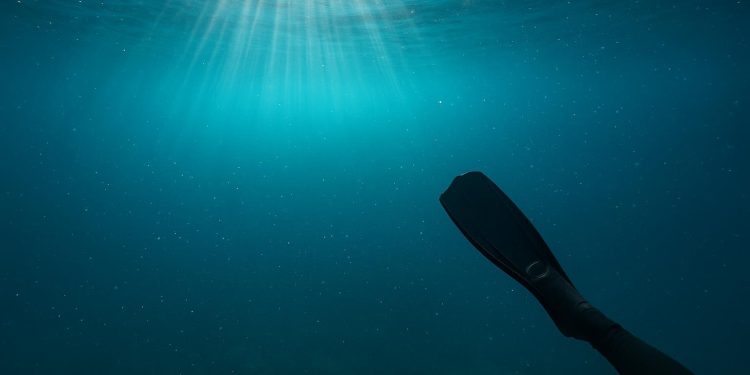Audie Tarpley is an Indianapolis based construction executive who manages Dillon Construction Group, with responsibilities spanning design, estimating, and project delivery across commercial and multifamily assets. His background includes senior roles at Duke Realty Investments and Bear Creek Capital, as well as development management at Jones Lang LaSalle. Outside of work he enjoys scuba diving, along with golfing and flying, an interest that adds practical perspective on how environmental factors shape the diving experience. Notable projects under his leadership include the 150,000 square foot Lids corporate headquarters, a five story headquarters for Merchants Bank, and the 208 unit Quarry Luxury Apartments. This blend of analytical construction practice and active diving offers a clear lens for examining the mechanics that determine visibility underwater and how divers can plan around changing conditions.
What Affects Underwater Visibility on a Dive
Underwater visibility shapes nearly every aspect of a dive, from navigation to enjoyment. It refers to how far a diver can see through the water, sometimes stretching several dozen feet in clear conditions and shrinking to only a few in murky ones. Those variations reflect environmental and operational forces. Understanding these influences helps divers plan with realistic expectations and adapt when conditions shift.
Visibility begins with the water itself. Turbidity, the amount of suspended particles, determines how much light reaches the eye. Divers often judge conditions by how far they can see a fixed object, but the same optical principle applies whether the water is tropical blue or estuarine green. Higher turbidity shortens the visible range.
Tides and currents are major mechanical drivers. Incoming tides can sweep clearer offshore water toward coastal sites, while outgoing flows may stir up sediment or carry runoff seaward. Shifting currents lift fine material from the seafloor, so a site that looks clear one day can turn cloudy the next without warning.
Biological activity plays a distinct role. Under warm, nutrient-rich conditions, plankton multiply rapidly, thickening the water with tiny organisms and giving it a greenish or milky cast. Coastal areas often see these blooms peak seasonally, with visibility dropping sharply over just a few days.
The seafloor matters as well. Fine sand and silt lift easily under light current or poor finning, while rocky bottoms and coral formations usually stay clearer. Divers notice the contrast when moving from a sheltered reef to a nearby sandy channel on the same dive.
Weather adds another layer of variability. Heavy rainfall washes soil and nutrients into the sea. Strong winds churn surface layers and push fine particles into suspension. After storms, murky plumes can linger even under clear skies, so timing becomes crucial when selecting dive days.
Ambient light affects how far divers can see underwater. Bright midday sunlight penetrates deeper and improves clarity. Low light early or late in the day reaches less depth, especially when particles are present. Dive lights can help, but in silty water, they often intensify backscatter and reduce contrast.
A site’s physical orientation dictates how environmental forces act on it. Sheltered coves and leeward reefs often retain clearer water, while exposed locations face constant wave and current action that sustains higher turbidity levels. Depth, slope, and local geography shape how clarity responds to changing tides and winds. Narrow channels and headlands can funnel currents and raise turbidity even when nearby areas stay calm.
Experienced operators read these patterns carefully. They schedule dives to match favorable tides, choose sites less affected by runoff, and avoid exposed areas after storms to give groups the best possible conditions. Their choices rely on close observation, not guesswork.
Individual divers can do the same on a smaller scale. By tracking recent weather, tide cycles, and site orientation, they can anticipate conditions and plan accordingly. Solid buoyancy, slow, efficient finning, and mindful light use help divers maintain orientation while avoiding unnecessary silt disturbance.
Developing this kind of environmental awareness helps divers plan not just individual dives but entire seasons. By tracking recurring patterns in tides, plankton activity, and local geography, both operators and individuals can anticipate shifts across sites and adjust their strategies over time. This approach builds more resilient planning habits and deepens understanding of how underwater ecosystems behave beyond a single dive.
About Audie Tarpley
Based in Indianapolis, Audie Tarpley leads Dillon Construction Group and manages business development, design, estimating, and project oversight. His work includes the Lids corporate headquarters, the Merchants Bank headquarters, and The Quarry Luxury Apartments. Earlier, he held roles at Duke Realty Investments, Bear Creek Capital, and Jones Lang LaSalle. He studied civil engineering at the Georgia Institute of Technology and enjoys scuba diving, golfing, and flying in his free time.









